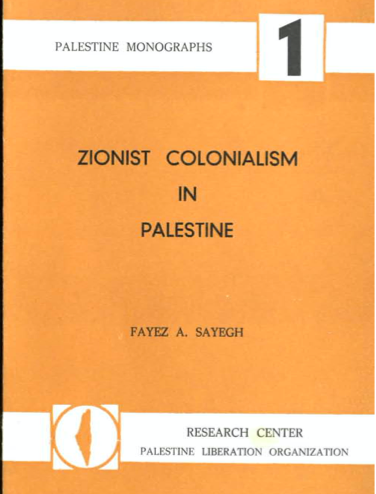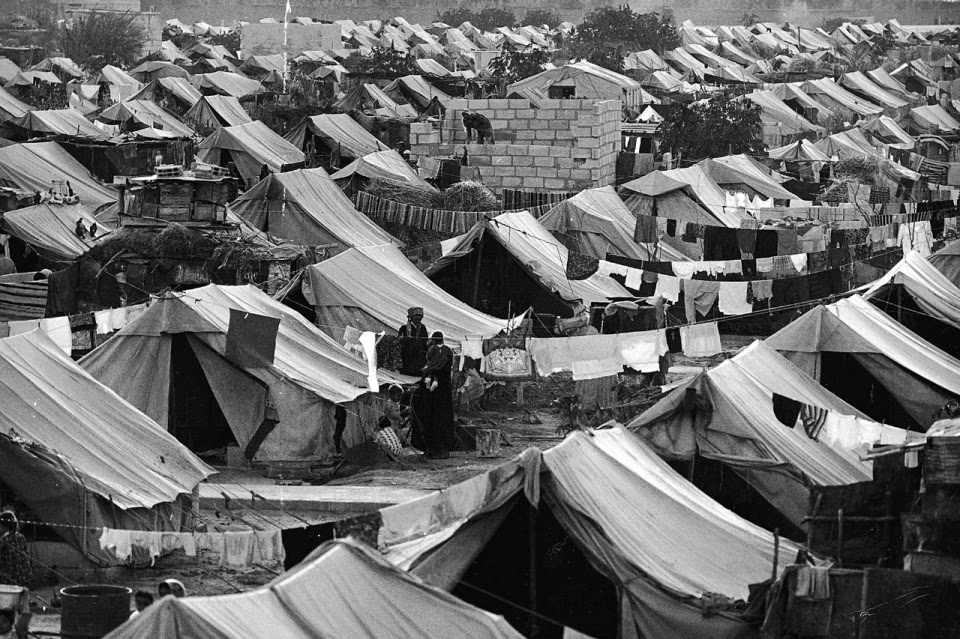Zionist Colonialism in Palestine
Sayegh’s seminal book remains as important and as significant as when it was first published almost half-a-century ago. It describes how indigenous Palestinians ended up as second-class citizens in the state of Israel, afflicted by dispossession, persecution, domination and discrimination in almost all aspects of their lives.
Sayegh clearly and brilliantly describes Zionism’s goals and aspiration to racial superiority over the native racial group and documents its continued eviction of Palestinians, its systematic drive towards territorial expansion and the various forms of violence it uses to achieve its goals. Sayegh describes these as ‘congenial, essential and permanent’ features that are deeply inscribed on the apartheid regime that Israel has established in Palestine.
After Israel was established, its use of violence was enabled by a “program of racial hate elevated to the level of state policy and efficiently executed by the official apparatus of the state”. Following on from the model established during the Nakba, Israeli military forces carried out massacres in Palestinian towns and villages, including Iqrith (December, 1951), Al-Tirah (July, 1953), Abu Gosh (September, 1953), Kafr Qasim (October, 1956), and Acre (June, 1965). During Israel’s brief occupation of the Gaza Strip in 1956, it also subjected the general population, and the population of the southern city of Khan Younis in particular, to large-scale systematic military attacks.
Sayegh concludes with the important observation that Israel does not just pose a threat to Palestinians but rather to human rights everywhere. He observes: ‘For whenever and wherever the dignity of but one single human being is violated, in pursuance of the creed of racism, a heinous sin is committed against the dignity of all men, everywhere’.
- Author: Fayez A. Sayegh
- Publisher: Research Center – Palestine Liberation Organisation
- Publication Date: September 1965
Keywords: Zionism, Colonialism, Apartheid, Israel, Palestinians, 1948, Nakba, massacres



